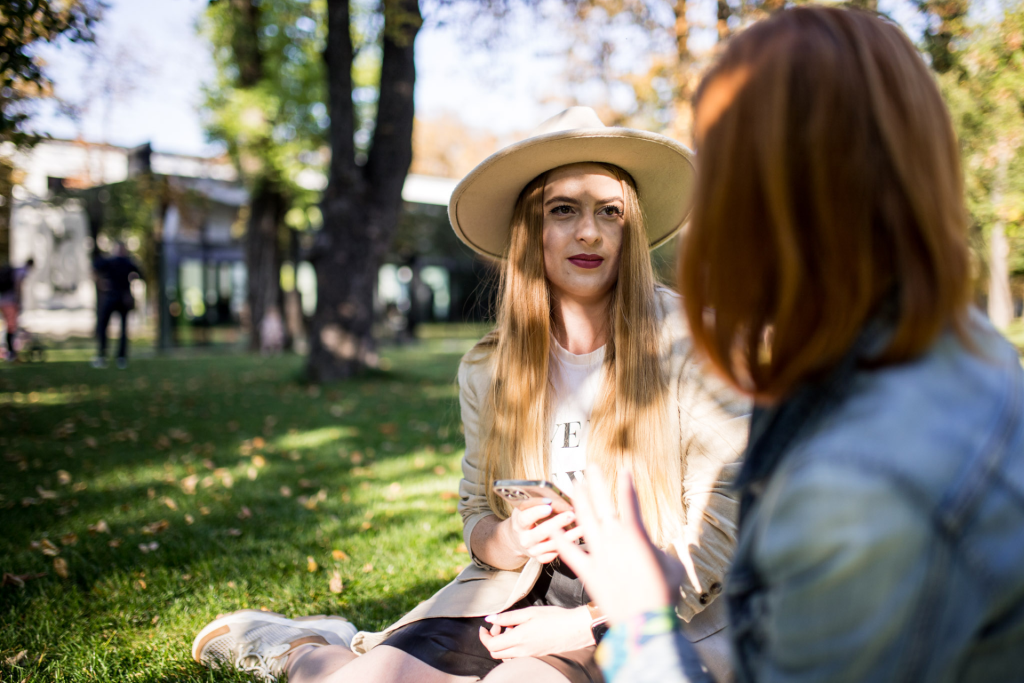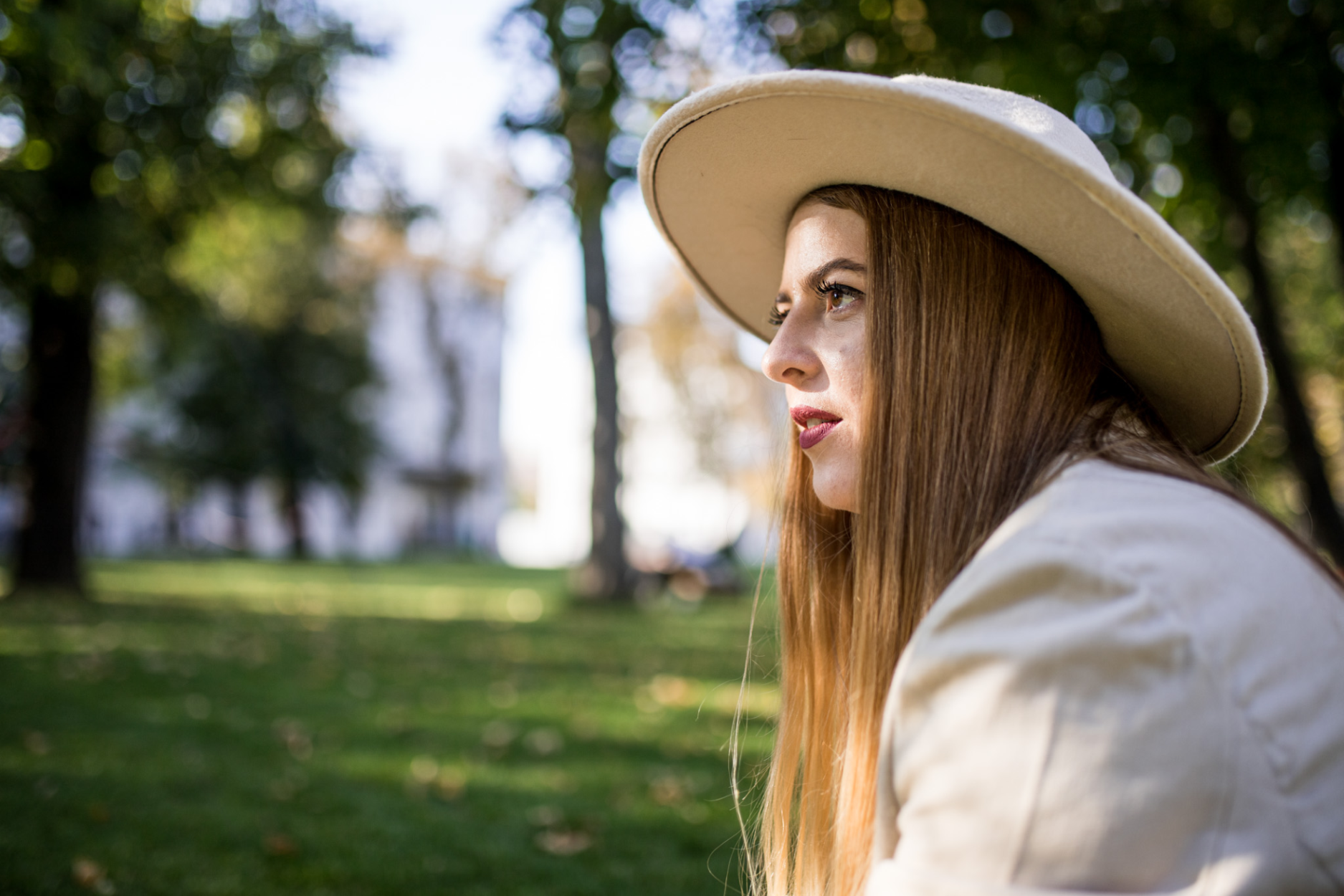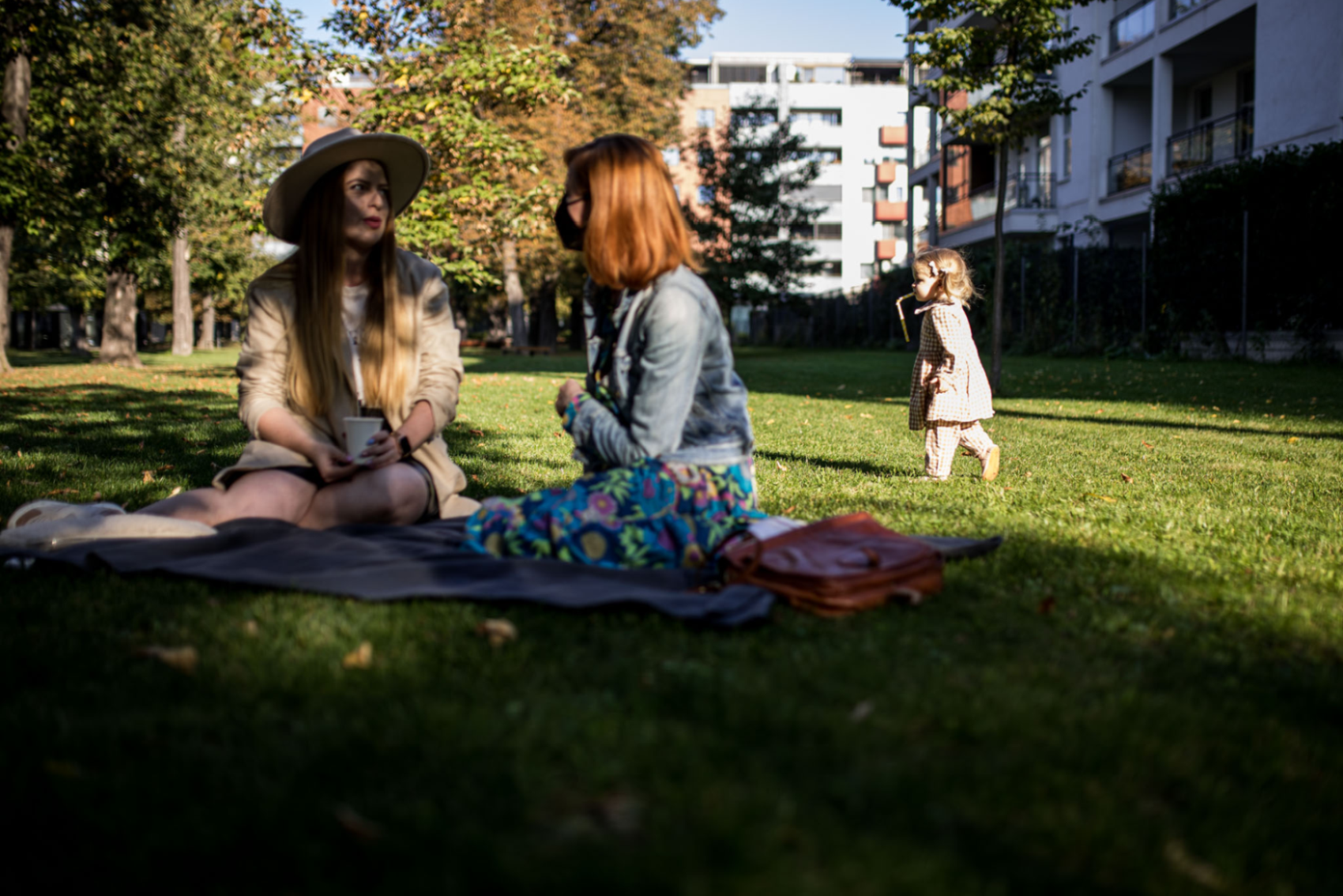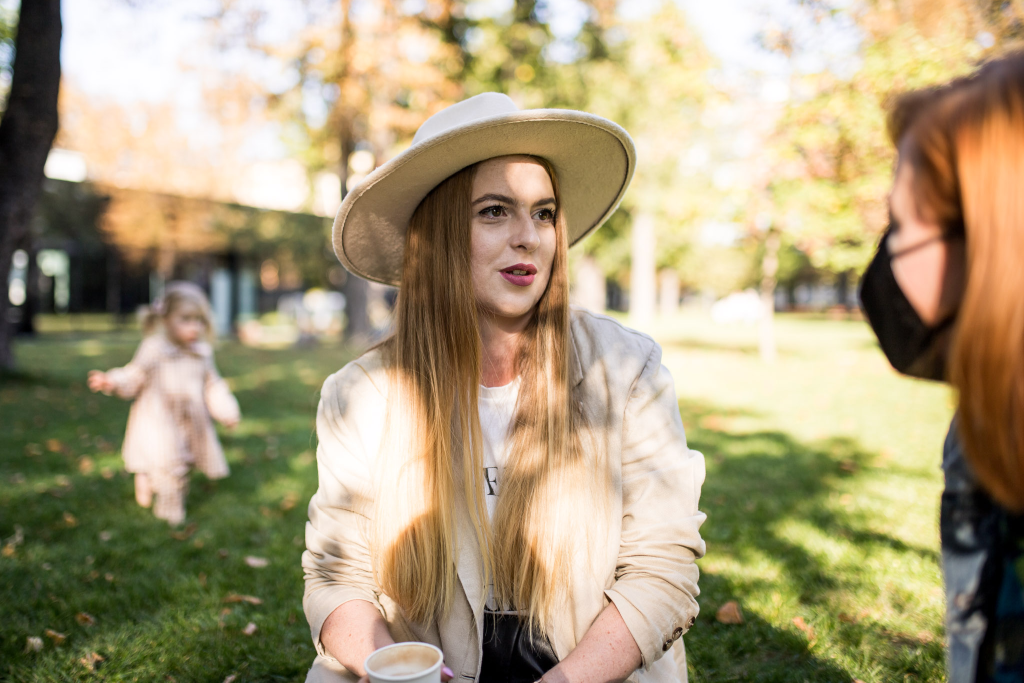We teach kids how to use the medication carefully from a young age, but we don’t teach them how to use Instagram
Social media, as well as every aspect of our life, has its pros and cons. Medication helps us overcome an illness, but if we used it without limits, we would overdose and hurt ourselves. It’s the same with social media. We teach kids how to use the medication carefully, but we don’t teach them enough, how to use Instagram. That’s what Lapkinn, the blogger with over 17 thousand followers, thinks. That’s also the reason why she is aware of the responsibility for her content. She doesn’t promote nutritional supplements; she always tags the paid collaborations and offers extra to her followers. What is it? You will find out in this interview.
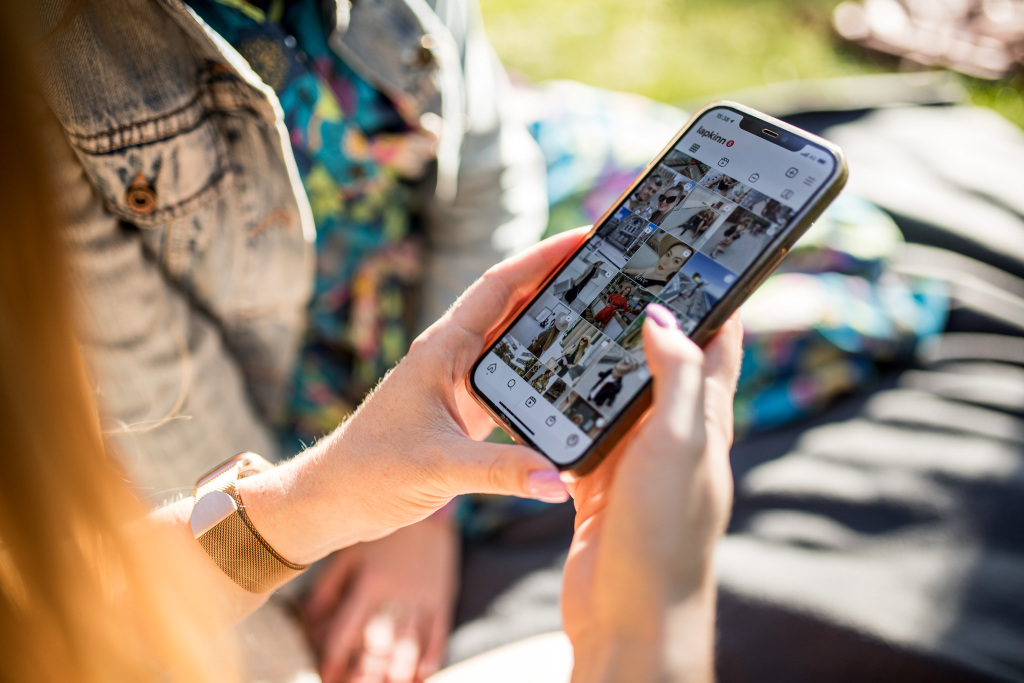
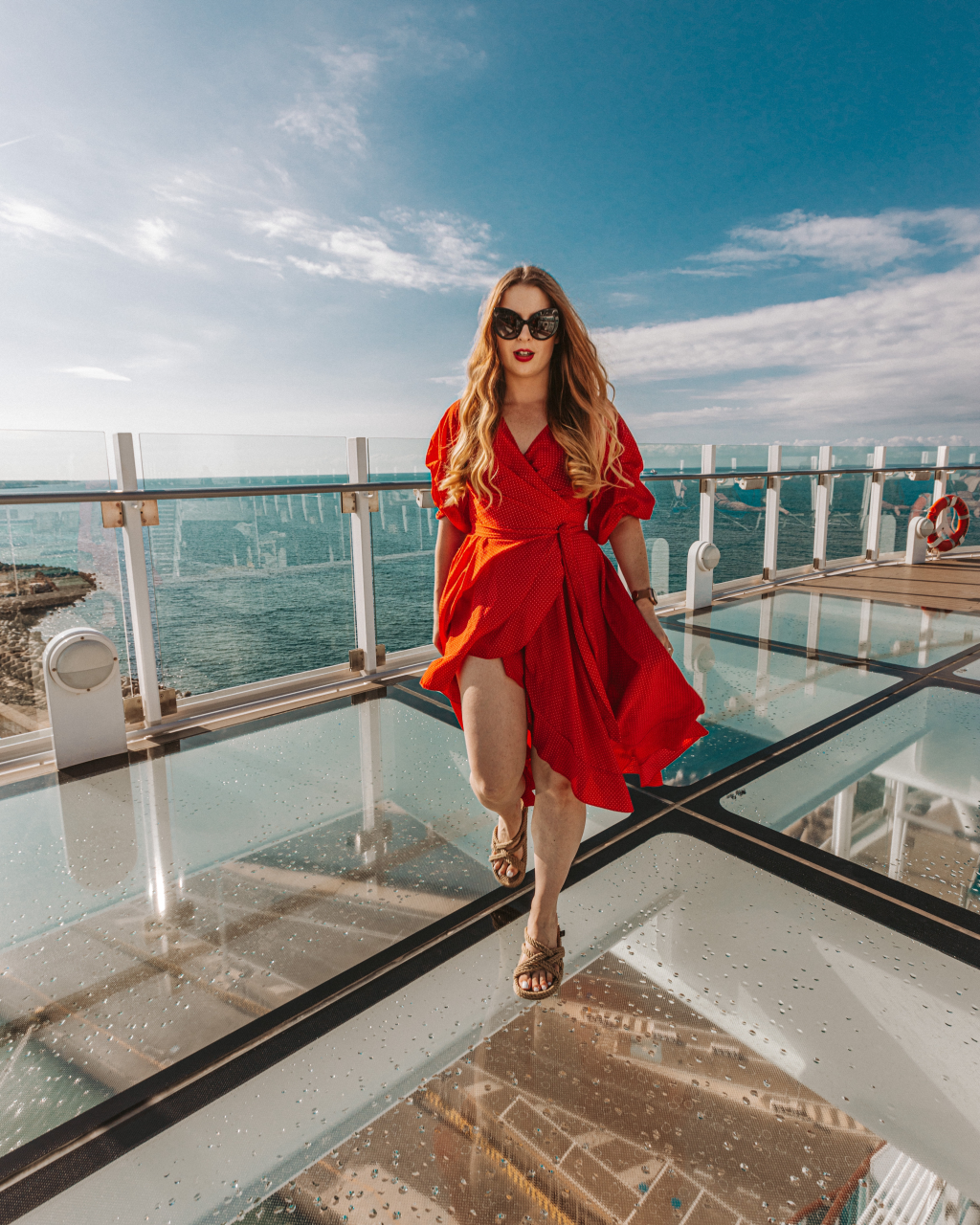
Lapkinn archive: A shot from a Mediterraean ship cruise.
More than 17.6 thousand followers is a nice number in Slovakia. Is there any general recipe for how to reach this kind of success?
I began with the blog nine years ago. It was easier back then since there were few bloggers, and we had many opportunities to attract the audience. Apparently, I did it through my approach to fashion. I dressed differently, and many friends asked me where I bought the skirt or how I came to this combination of clothes. That’s the reason I started to blog about it. I didn’t want to answer everyone individually. So the blog was the reflection of my authentic life. And the authenticity is what matters, in my opinion. Nowadays, attracting your audience and coming up with something new is more difficult since the internet is flooded with profiles and ideas. However, there is always a high demand for authenticity. Additionally, I think there is an emphasis put on additional value, primarily informative. So it is not enough to only post a photo with fashionable clothes, but it is essential to add the information. For example, compare current fashion with the one in the past, Slovak trends with the foreign ones, or offer the instruction of how to combine the clothes. I often search for information about fashion, and I share these interesting facts with my followers. But I am not saying it is a must for everyone. Many world successful influencers are followed by hundreds of thousands or millions of people just because of the photos. But a more demanding audience looks for more. My audience is definitely the demanding one. If I only posted a photograph with a simple description, they would get bored of these kinds of posts sooner or later.
But I think there doesn’t exist a single instruction of how to be successful. Everyone is unique, be it influencers or followers. Everyone follows different things, and something else works on each person. Secondly, everything is changing extremely fast, so what works today doesn’t have to work tomorrow.
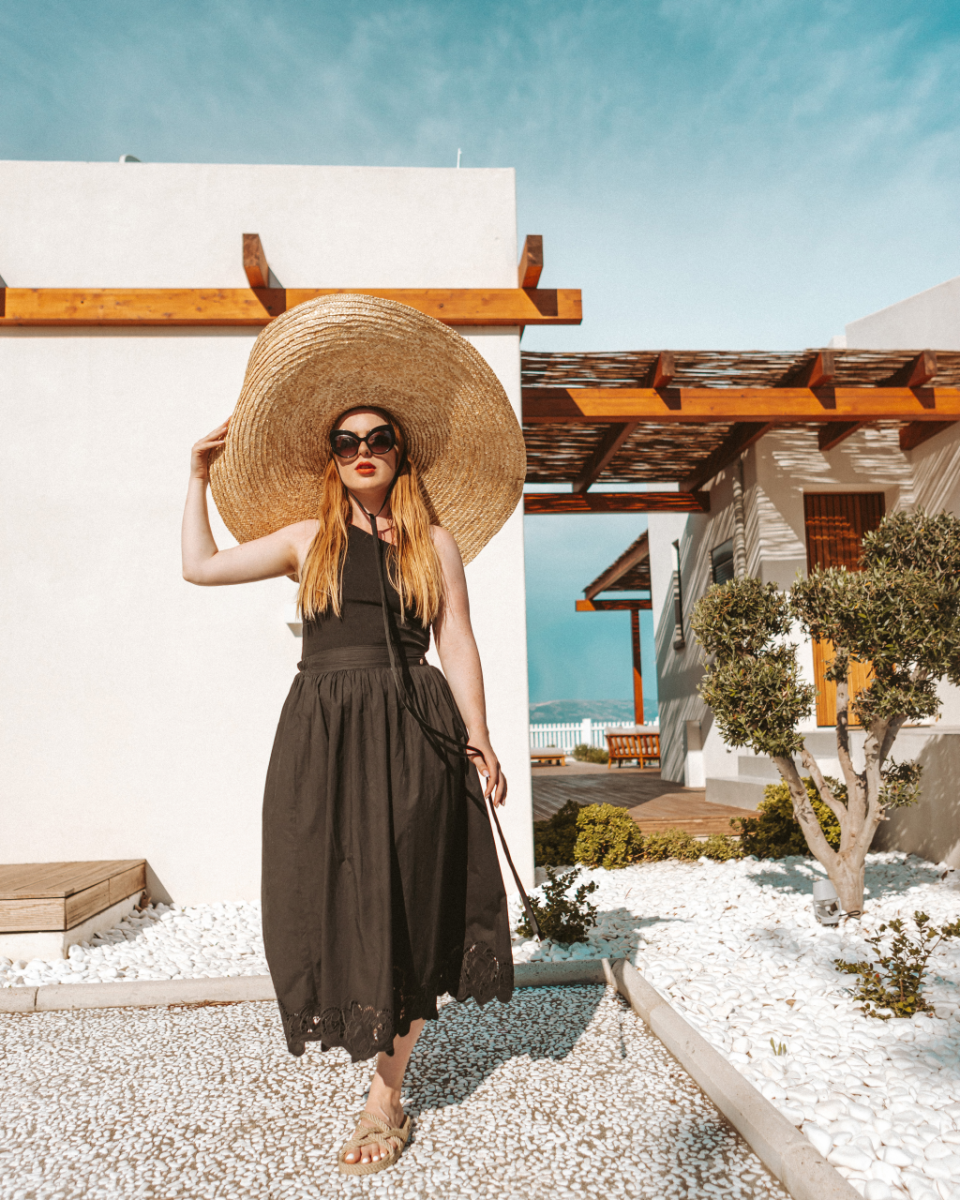
Lapkinn archive: Thanks to traveling she gets new energy and inspiration. 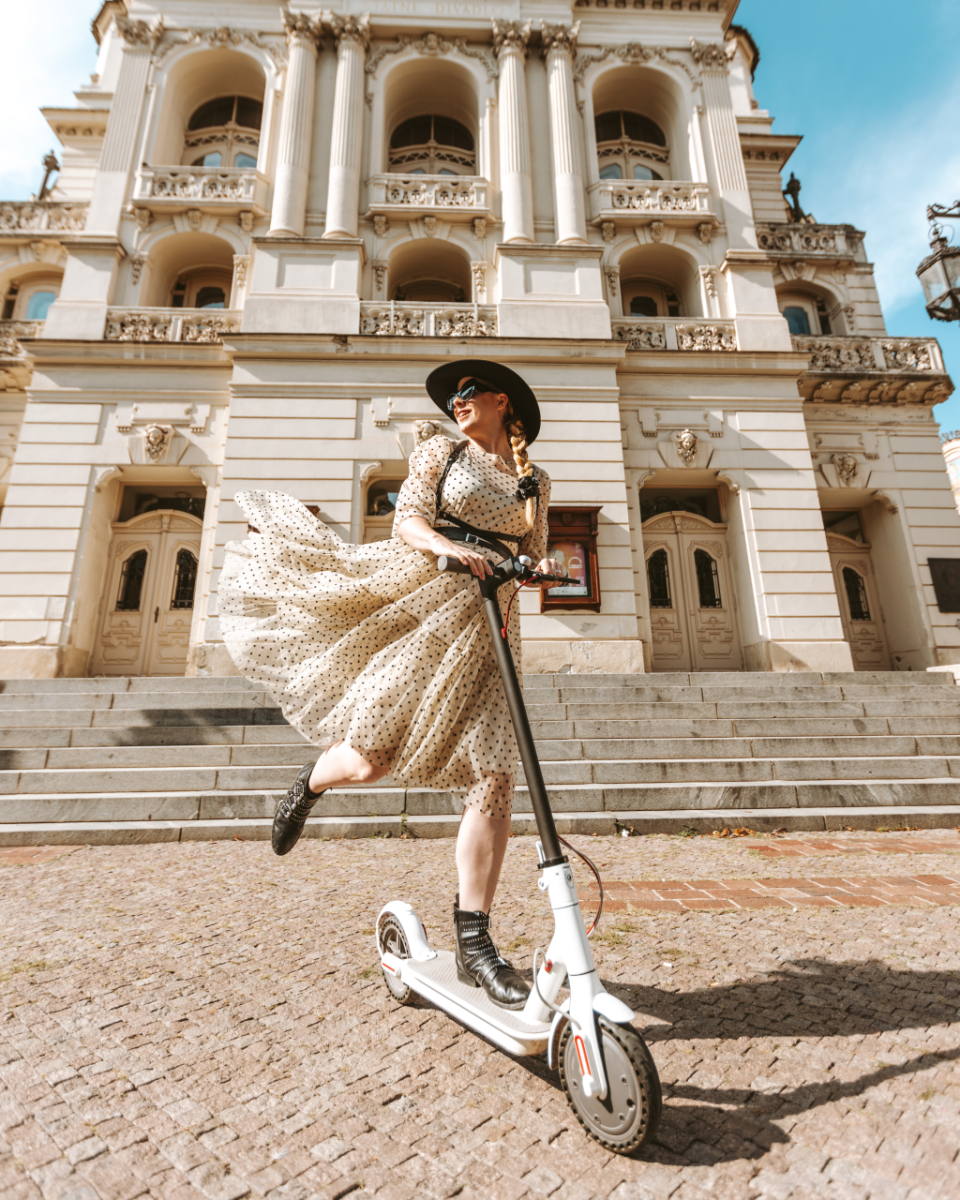
Lapkinn archive: She uses the bicycle or the scooter to move around Košice.
But videos are working…
Yes. When we look at it through the system of algorithms, videos have become more popular. Reels are an excellent way of how to share content with emotion. I can tell more through them, to include the atmosphere and pictures I can’t fit into a single photograph. Many people on social media only scroll quickly, and dynamic content suits them better. Now we can also see the statistics of reels, and clients can choose bloggers to collaborate with according to them.
You highlighted authenticity on social media. Can we even talk about authenticity when we want to impress and gain followers?
Definitely, not everyone is authentic, and I think people can recognize whether a blogger or an influencer is genuine or not. Currently, we can see that it’s sincerity and authenticity that increase the number of followers. Someone just wants to see beautiful pictures from a luxury holiday. Others want to experience the feeling of belonging, to see they are not alone, dealing with depression, because it is what their favorite influencer deals with as well. It is also essential to realize that the influencers’ content does not reflect 100 percent of their lives. Mostly it is only a part (10 to 20%, slightly more to some). Even though some followers think these are all their lives and therefore know them perfectly, it is not true. But it is up to an influencer to decide what to share with the audience. Be it happy moments, unusual things, or the mundaneness of everyday life, we all experience but in a unique way. It is excellent if the influencers remind their audience that their content is not the mirror of everyday life and that they also have problems, bad days, etc. However, there shouldn’t be too much negative information because that is not the reason social media were created. They should inspire us, move forward, and enable us the communication with others.
You said it is up to influencers what they share with their audience. Can they share anything?
No. We have ethical and also legislation limits, but many influencers and followers are not aware of it. You should be careful with sharing content with alcohol and cigarettes, mainly if the followers are under eighteen. If I have the correct information, you should not promote nutritional supplements, and it is also interesting paid collaborations. Influencers should always tag the post if it’s a paid collaboration to inform the audience about it. But not everyone does it. An anonymous profile called Bad Influence was created on Instagram, which posted specific examples of paid collaboration that were not tagged properly. Nowadays, this profile doesn’t exist anymore, which is a pity.
When we talk about responsibility, there are risky situations that don’t belong to social media – video recording during driving, taking photographs in dangerous places to have a nice picture – this way, we give our followers a hazardous example to follow. The pandemic also showed how influencers can affect people, many times negatively. Some influencers even apologized for it afterward. Everyone should be aware of the power they have through their profile and use it accordingly. They should verify the information they share as well as the followers should. But the problem is, we lack critical thinking in Slovakia, and we should focus on it more in our curriculums at schools. We can see that nowadays, it is enough for people to know the title of the article to share it without even reading it. Or how fast a hoax can spread. If we had critical thinking and verifying the information ingrained in us, we wouldn’t allow influencers to share content that is not true. When there is no demand, no one will post it. But the demand for hoaxes and fake news is currently relatively high.
“When we first came to one restaurant in Košice, the owner went to the co-owner and a chef in one to tell him to prepare a special portion with extra care. He told her that Lapkinn would receive the same portion and quality as every customer. I liked that approach very much. We try to explain to every client that we should receive the same quality that is offered to other customers. It can not only harm us since we look as if we lie, but also the client since people will eventually start to speak up and spread a negative promotion.”
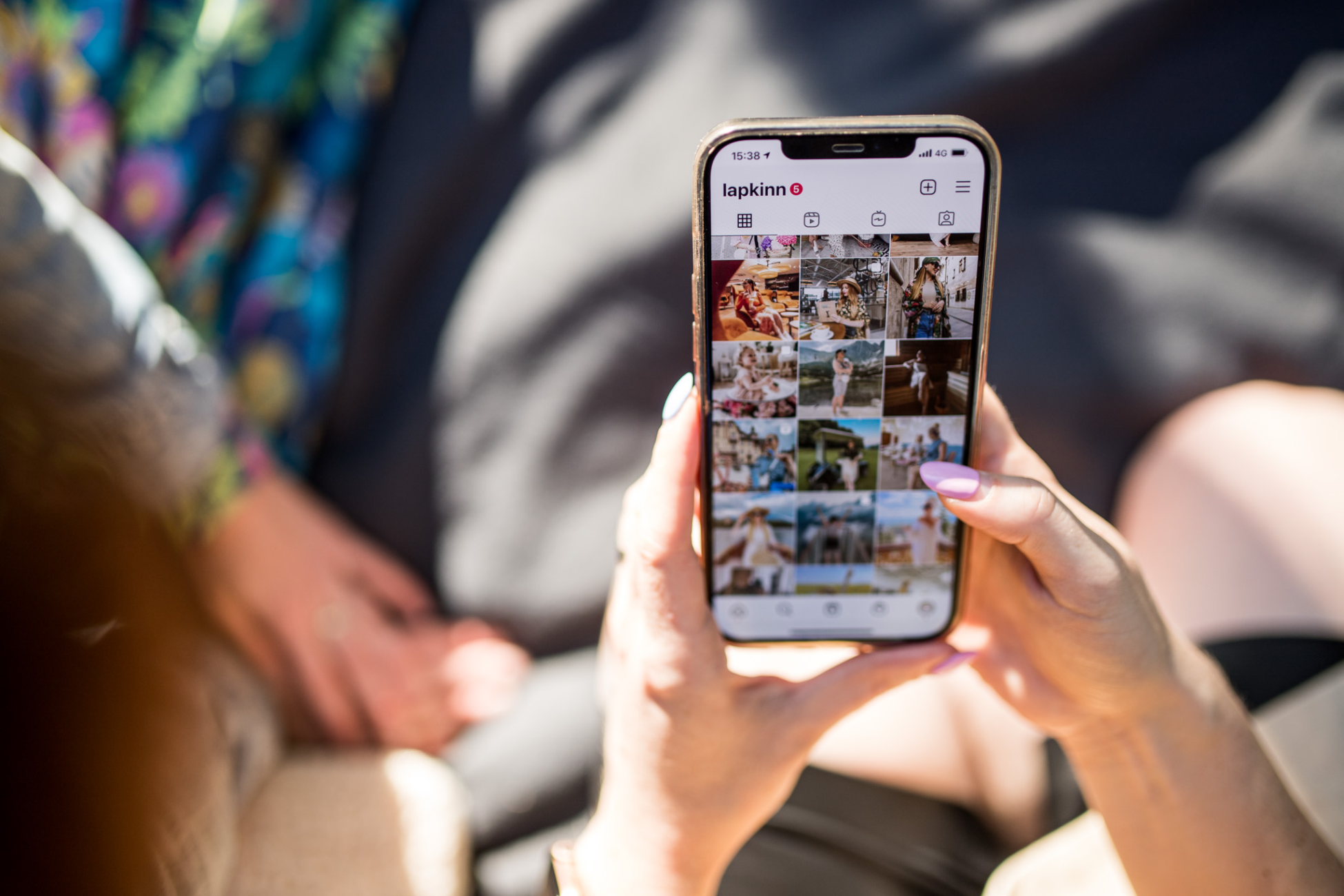
Instagram, like every other part of our lives, has its pros and cons. Even the medication can help us to overcome an illness, but if we take too much of them, we can overdose. It is similar to social media. We teach kids how to use the medication carefully from a young age, but we don’t teach them how to use Instagram.
Not all influencers follow ethical or legislation rules. Shouldn’t there exist laws for better regulation and the offices that would control the violations?
Yes, there should, but who will design it so that the regulation is under democratic principles? It is similar to a right to vote in the elections. On one side, it is great we all have this right, but on the other side, we get asked whether there shouldn’t be some kind of census, educational, for example. It is surely a topic for a lengthy public discussion. A negative example of a regulation is how Instagram deletes the photos where you can see a child’s nipple, but a female act is all right. It is the same with reporting a post and deleting accounts – some, which continuously violate Instagram’s rules, are not deleted. Still, others that do not break them at all are deleted immediately.
We talk about the pitfalls of social media, but in reality, we can find a lot of positivity there. What are its most significant advantages, according to you?
Thanks to social media, a lot of people organize donations for people in need, sick children, animals, good projects, which is a lovely thing. On the other hand, it is sad that social media compensate for what should be provided by the state. Daily I find here inspiration for different approaches to raising children or recipes. Profiles of doctors or journalists, and scientists broaden my horizons. I get introduced to diverse opinions, which is totally fine with me. It is social media that taught me to respect different opinions, even though I disagree with them. I try to think more about why this person has this opinion or what the motives are. I also receive the feedback here, which is fantastic when I exclude the haters. Overall, Instagram inspires people to change their lifestyle, motivates them to do sports, etc.
Besides being a lifestyle blogger, you also work as a Pavol Jozef Šafárik University spokesperson, a political scientist, and a moderator. Which profession is the most challenging one?
A mother.
Why?
Mum needs to combine all professions at once. She is a carer, an animator, a manager, a crisis manager, a psychologist, a teacher, a chef, a chauffeur, a cleaner, a shopping assistant, an ointment expert…
Your daughter Lilien appears on the Lapkinn profile as well. How did you tackle the topic of a child on social media?
Lily has been born into our world, she is a part of it, and this is our world. Mum will always be a mother, whether she writes blogs, cooks, moderate a political discussion. I want Lily to be part of my whole world. My mum did makeup for models on various events, and she often brought me with her, so I was part of her job, which was very difficult for her, of course. At the same time, we try to regulate it somehow so that it is not too much. We choose photos she won’t be ashamed of in the future. If she happens to be a part of a paid collaboration, we send the money to the account we created for her to use the money in the future.
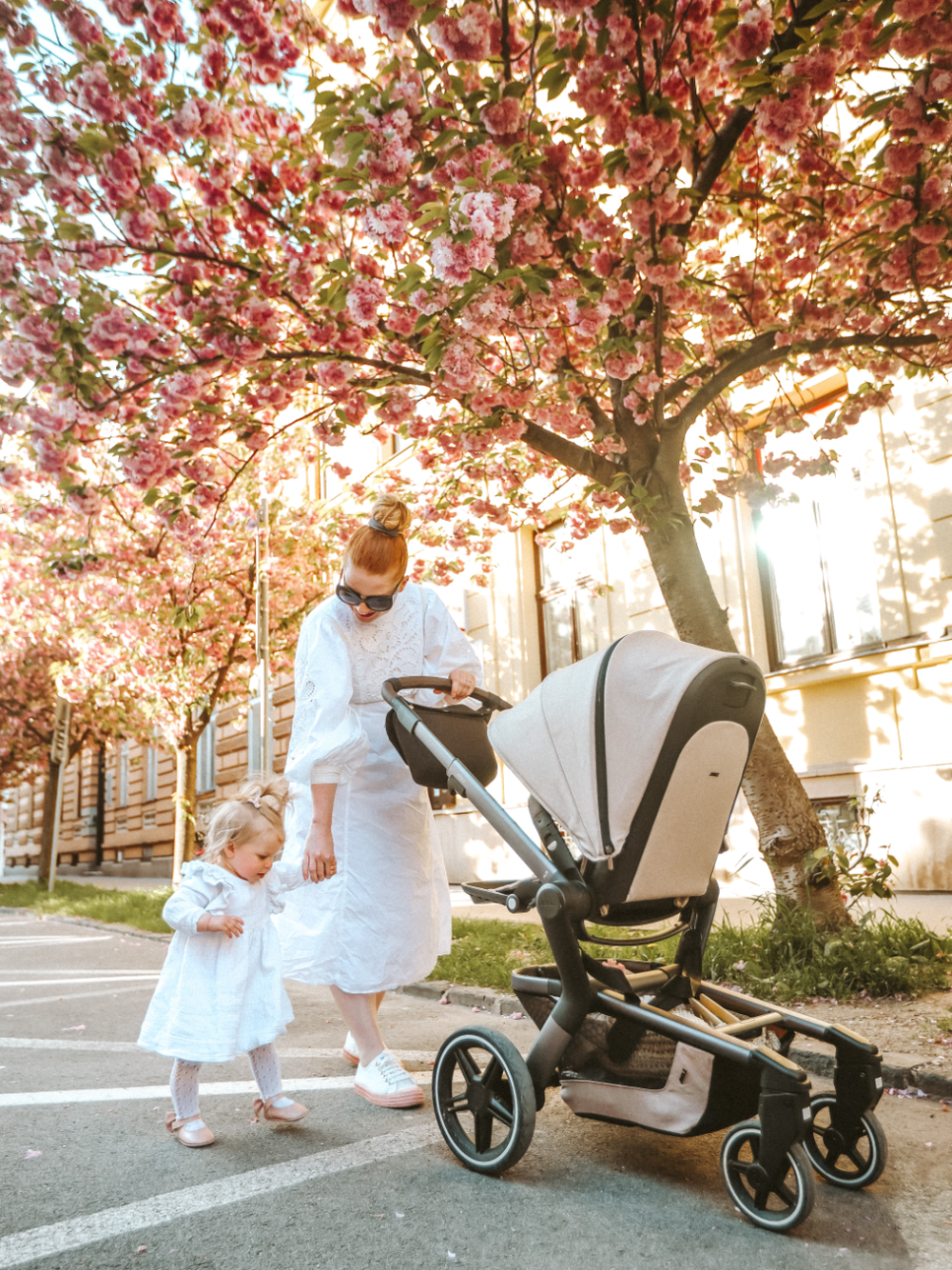
Lapkinn archive: MUM – three letters including every professions at the same time. 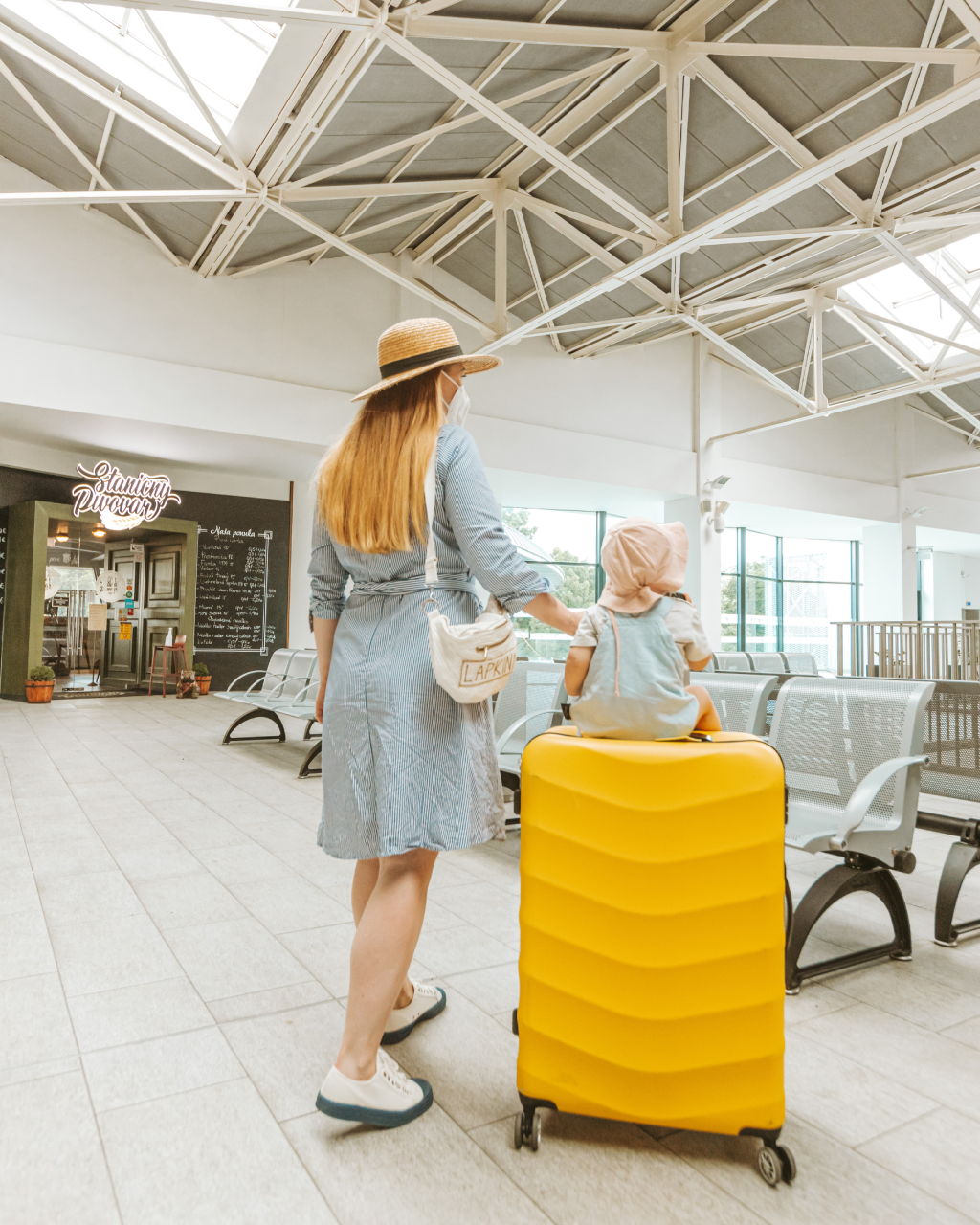
Lapkinn archive: Traveling and getting to know new places with Lilien got to different dimensions – it is more dynamic, happy and they enjoy the current moments more.
For your mum, it was difficult; how do you manage all these positions with a child?
It isn’t easy, mainly if you are a perfectionist, which I am. A blogger, the same as a mother, includes many different professions – you are an author, an editor, a manager, a PR manager, sometimes a photographer, a cameraman, a spokesperson, a sales representative, who needs to set all the conditions for collaborations. And that is not easy. So if we combine these two professions, it is quite an overload. Timing is essential – to work overnights and times when your child sleeps during the day. Or to engage your kid in the activities with various animators’ tricks, which is also very challenging. I am lucky to have Dominik and Lily’s grandparents, who help me a lot. But generally, it is tough for mums in Slovakia. It is not easy to take care of a child during the whole day and then work once the child falls asleep. Women would like to return to jobs earlier if they could have their children somewhere near. If there existed some nursery schools within the companies. If they had a chance to breastfeed their children during work time, they wouldn’t have to choose between work or breastfeeding. Women are mothers at the same time. They will always be mothers. You cannot divide it, that now I am a manager and only then a mother. Society should respect that. Because if the mothers are satisfied, it is also the kids, husband, and whole society who is satisfied as well.
Thank you for the interview!
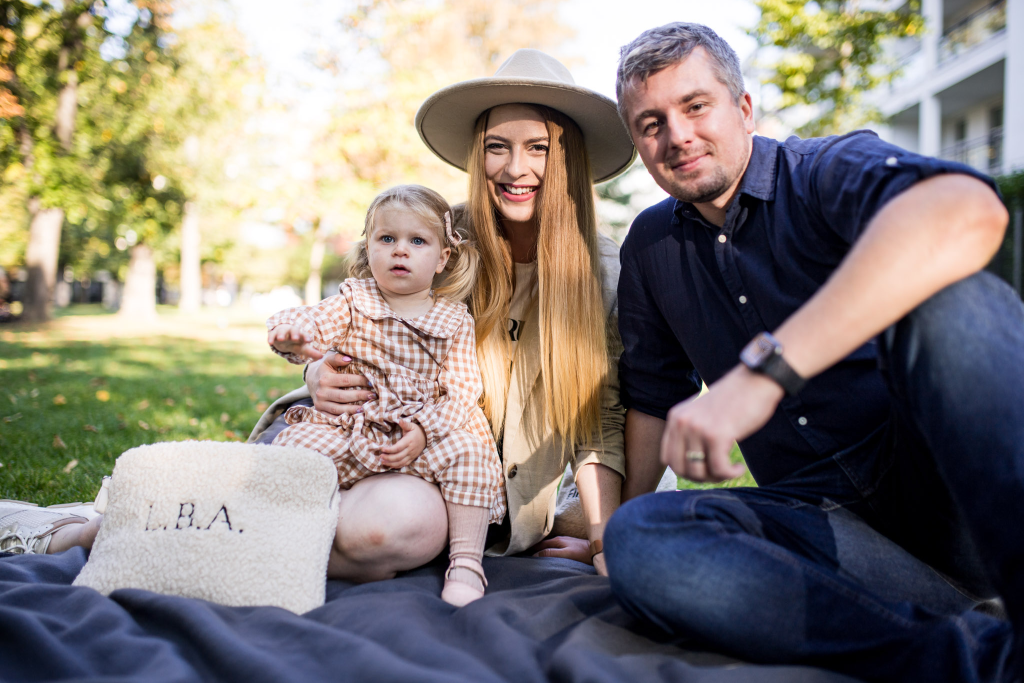
Linda Babušík Adamčíková was born in Žilina, and for ten years she has lived in Košice, which she considers to be a quiet and green city with many opportunities and beautiful localities for photography. The only way she is missing is connecting Bratislava and Košice by plane and a highway.

